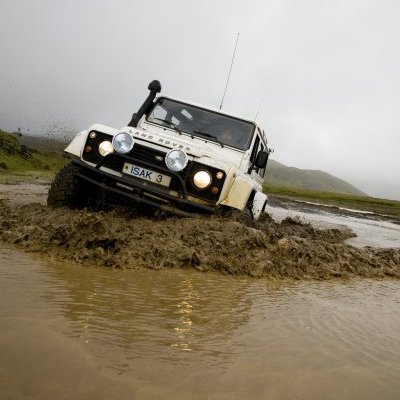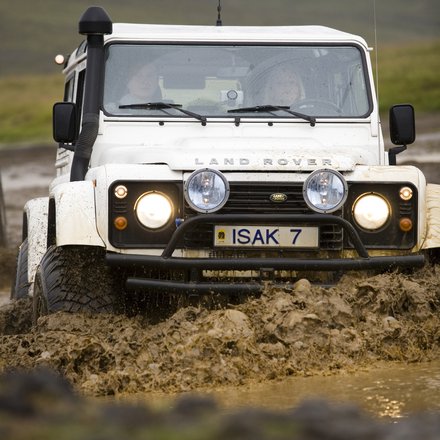Off-road driving
No off-road driving
All off-road driving and driving outside of marked tracks is prohibited by law and is considered a very serious crime. Driving a vehicle off road, that is not on a track, so that it damages the natural environment or leaves a mark carries heavy fines up to 500.000 ISK and/or up to 2 years in jail. The exception would be if driving on surfaces where the vehicle does not leave a scar in the land. Like when fording rivers or driving on snow covered surfaces. Icelandic nature is delicate and tire tracks from off-road driving can cause substantial damage to the vegetation and leave marks that will last for decades.
Keep in mind that the Icelandic nature is very fragile, especially in the highlands, and we would like to enjoy it for generations to come. Please respect nature and tread carefully.


